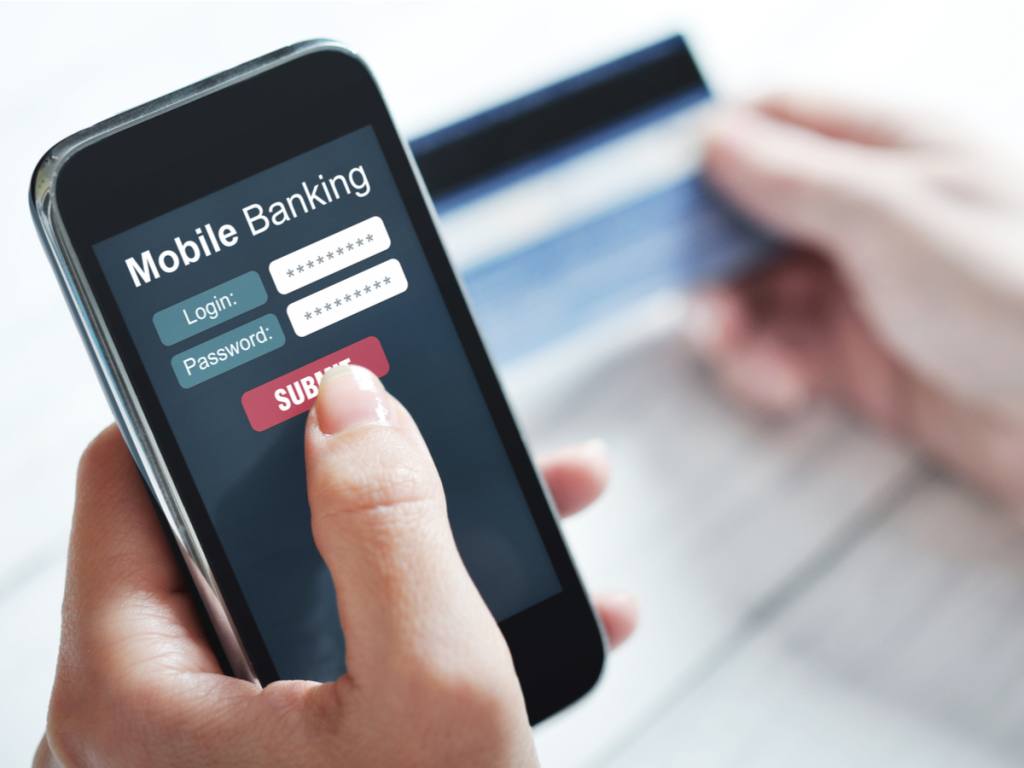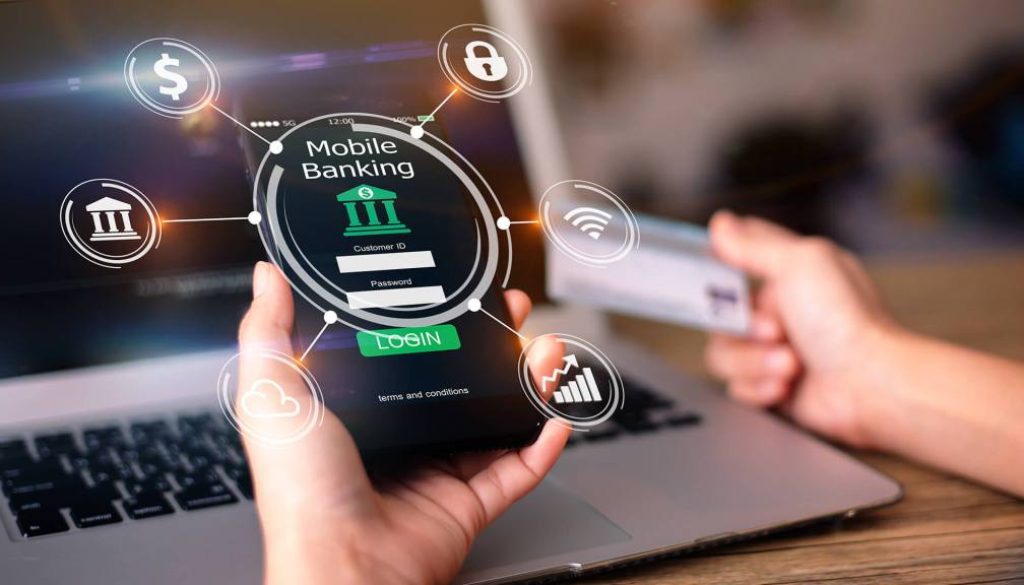What Is Mobile Banking And How Does It Work
The rise of smartphones has revolutionized many aspects of daily life, and banking is no exception. Mobile banking has quickly become a convenient and accessible way to manage finances on the go. Offering a range of services, mobile banking allows individuals to check their account balances, transfer money, pay bills, and even apply for loans from their mobile devices. Understanding how mobile banking works can empower you to take full advantage of its features, offering both convenience and control over your finances.
The Basics of Mobile Banking
Mobile banking refers to the use of a mobile device, such as a smartphone or tablet, to conduct financial transactions. It eliminates the need to visit a physical bank branch, offering the flexibility to manage finances from virtually anywhere with an internet connection. Most banks provide dedicated apps for mobile banking, which can be downloaded onto your device. These apps are designed with user-friendly interfaces to ensure that even those unfamiliar with mobile technology can easily navigate them.
Through a mobile banking app, users can perform a wide range of tasks. From checking your balance and recent transactions to making payments or depositing checks, mobile banking offers a level of convenience that traditional banking methods can’t match. Some banks have even integrated features like biometric authentication (such as fingerprint or facial recognition) for added security.

How Mobile Banking Works
Mobile banking operates through secure connections, ensuring that your personal and financial information is protected. To get started, you’ll need to download your bank’s mobile app from the App Store or Google Play. After installation, the app will require you to log in using your online banking credentials. Many banks offer multi-factor authentication (MFA), which adds an extra layer of security by requiring a second form of verification, such as a text code, in addition to your password.
Once logged in, you can access various banking features directly from your phone. Transactions are processed in real-time, meaning you can instantly transfer money, pay bills, or check your account balances. Most mobile banking apps also provide notifications to alert you of any unusual activity or updates on your account, giving you peace of mind while managing your finances on the go.
Another key feature of mobile banking is the ability to deposit checks remotely. By simply taking a photo of the front and back of the check, you can submit it through the app without needing to visit a bank. The app processes the deposit, and funds are made available in your account after a verification period.
The Benefits of Mobile Banking
Mobile banking offers numerous advantages that cater to today’s fast-paced lifestyle. Convenience is perhaps the most obvious benefit, allowing users to conduct financial transactions whenever and wherever they choose. You no longer have to schedule trips to the bank or wait in line; everything you need is right in your pocket.
Beyond convenience, mobile banking also provides enhanced accessibility. People who live in remote areas or have limited access to traditional banking services can manage their finances without having to travel long distances. It’s also a time-saver for those with busy schedules, giving them more control over their financial management.
Security is another important advantage. With banks investing heavily in encryption technology and biometric verification, mobile banking apps are designed to be secure. However, it’s still important for users to practice good security habits, such as setting strong passwords and enabling multi-factor authentication.
Security Concerns and How to Stay Safe
Despite its many benefits, mobile banking is not without potential risks. Cybercriminals often target mobile devices, looking for ways to steal personal information or access accounts. To ensure your security, it’s vital to take steps to protect your mobile banking app.
Start by keeping your device updated. Regular software updates often include patches for security vulnerabilities that could be exploited by hackers. Additionally, always download mobile banking apps from official sources like the App Store or Google Play to avoid malicious software.
Using strong, unique passwords for your banking app and enabling multi-factor authentication further bolsters security. Avoid accessing your bank account on public Wi-Fi networks, as these are more vulnerable to cyber attacks. Sticking to these best practices will help keep your financial information safe while you take full advantage of mobile banking. Websites that specialize in online safety often recommend these steps as part of a broader strategy for protecting personal information online.
Conclusion
Mobile banking has transformed the way people manage their finances by offering convenience, flexibility, and security all at their fingertips. From checking balances to depositing checks, mobile banking apps allow users to handle their financial tasks with ease and efficiency. As long as you stay mindful of security measures and take precautions to protect your personal information, mobile banking can serve as a powerful tool to simplify and improve your financial life.




